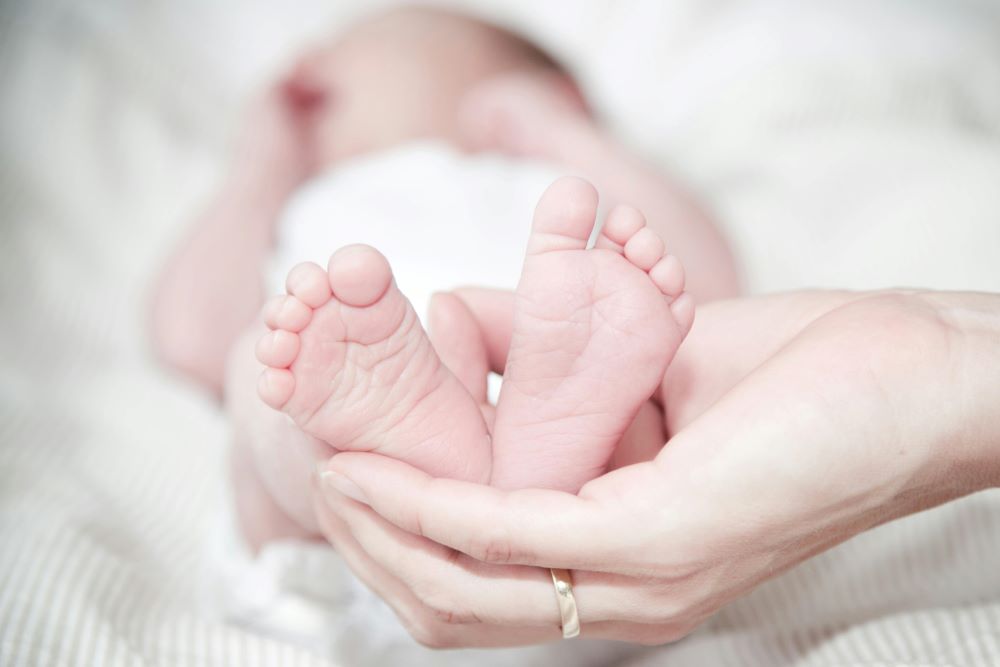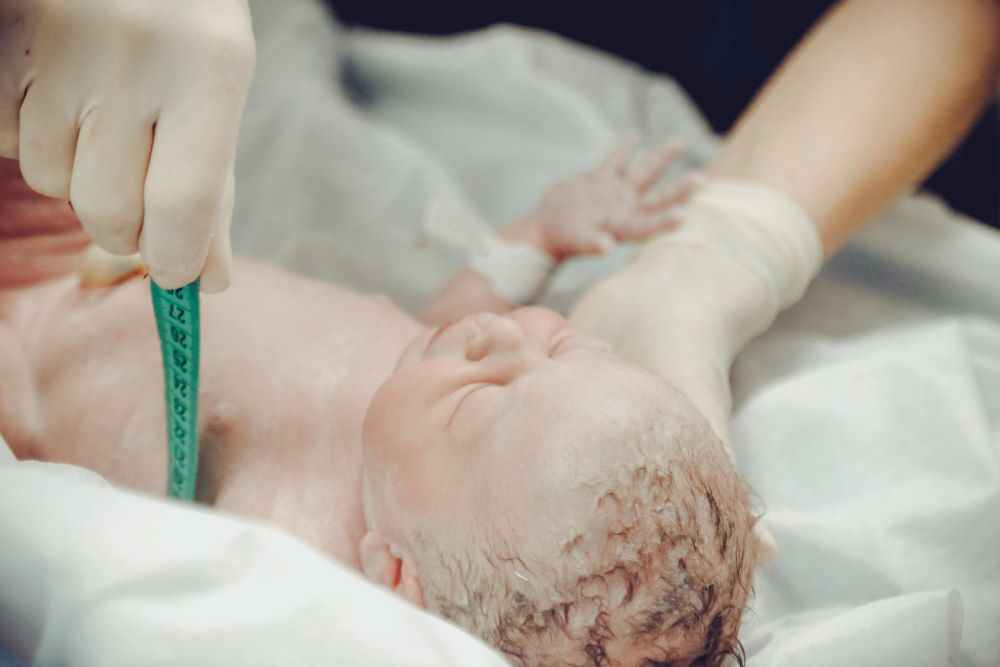Study finds soon-to-be mothers should avoid air pollution as much as possible, particularly during their third trimester of pregnancy.
A new study published in eBioMedicine shares findings focused on how exposure to particulate air pollution during pregnancy could influence a newborn’s kidney function. Specifically, the study examines the relationship between maternal exposure to fine particulate matter (PM2.5) and black carbon (BC) during pregnancy and levels of cystatin C in cord blood.
Cystatin C is a protein produced by nearly all nucleated cells and is filtered by the kidneys. It is not affected by factors such as muscle mass or inflammation, making it a reliable indicator for determining how the kidneys are functioning, especially in a newborn’s first few months. Measuring cystatin C levels in the blood inside the cord after birth can help physicians understand how healthy the child’s kidneys are.
The study used information from the ENVIRONAGE birth cohort, which includes medical and lifestyle information from 1,484 healthy mother-newborn pairs in Belgium in the ten-year span between 2010 and 2020. The research focused on singleton pregnancies only, eliminating cases with missing information or cord blood samples from the data set.
Cord blood samples were collected immediately after birth and analyzed for cystatin C levels using an immune turbidimetry assay. This method involves the binding of cystatin C to antibody-coated latex particles, which are then quantified to assess kidney function.

Researchers estimated maternal exposure to air pollution, particularly PM2.5 and BC, using a model that combined satellite data with pollution levels recorded by monitoring stations. Then, they took the average of these and also analyzed across individual trimesters to determine if certain periods of gestation were more critical than others.
The team ultimately revealed some key findings: On average, the birth weight of the newborns was 3,417 grams, and 49.6% of the newborns were female. The average gestational age was 39.2 weeks, and cystatin C levels averaged 2.16 mg/L in the cord blood. The research found that higher exposure to both PM2.5 and BC during pregnancy was associated with elevated cystatin C levels, indicating potential damage to kidney function.
The researchers also determined that the third trimester of pregnancy was a critical window for exposure. During this period, a 0.5 μg/m³ increase in BC exposure was linked to a 37% higher risk of elevated cystatin C levels, while a 5 μg/m³ increase in PM2.5 was associated with a whopping 80% higher risk. These findings suggest that the final few months of a mother’s pregnancy may be a particularly sensitive time to the impact of environmental pollutants. Therefore, during this period, soon-to-be moms should be particularly careful about exposure, wearing face masks and otherwise protecting themselves against pollutants to ensure their babies are born with optimal kidney function. Protecting themselves against these contaminants is important, of course, as well, to a mother’s long-term health.
The study’s findings suggest that reducing exposure to particulate air pollution during pregnancy, particularly during the critical third trimester, is vital for protecting newborn kidney function and overall health. Air pollution, in general, is escalating year over year in the industrialized world, and is also contributing to climate change concerns. It’s important to protect all individuals against it by finding environmentally friendly (“greener”) alternatives to reduce our carbon footprint.
Sources:
Newborn glomerular function and gestational particulate air pollution
Research finds particulate pollution during pregnancy may impact newborn kidney function


Join the conversation!